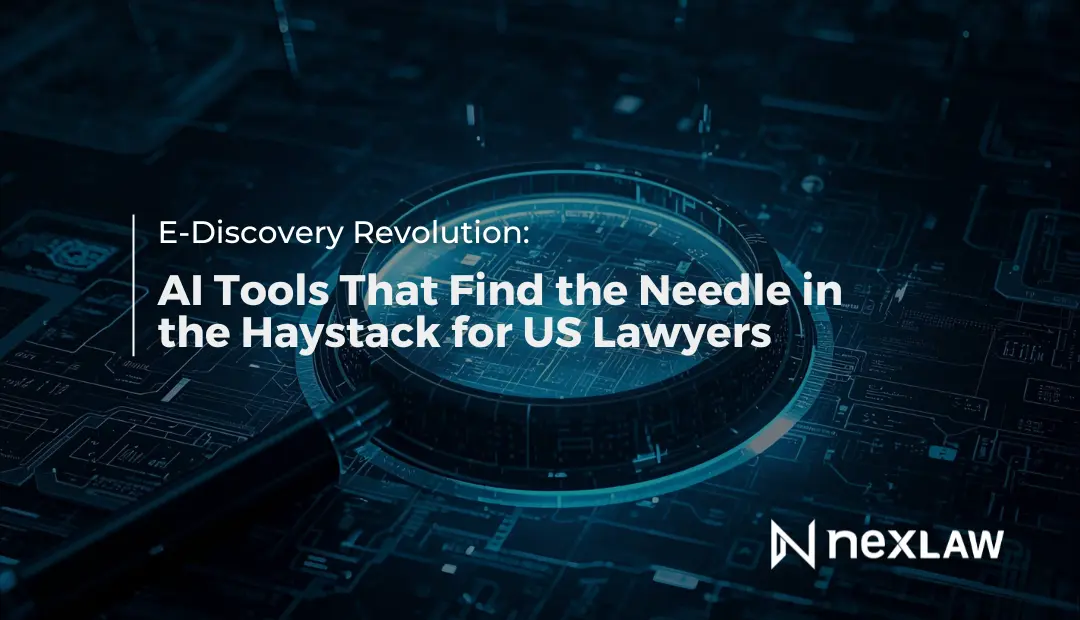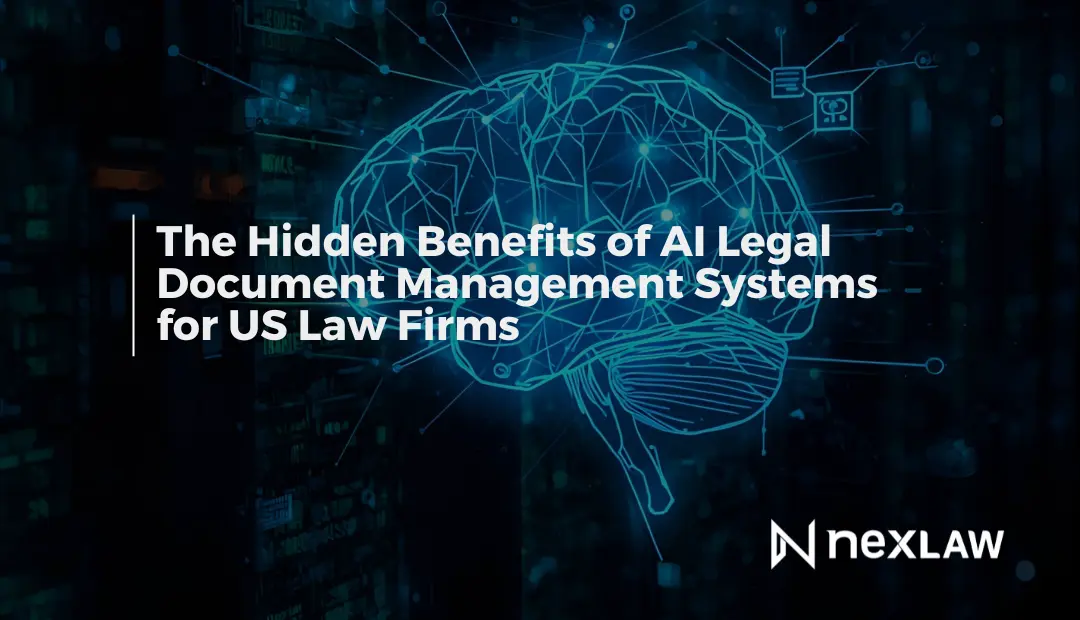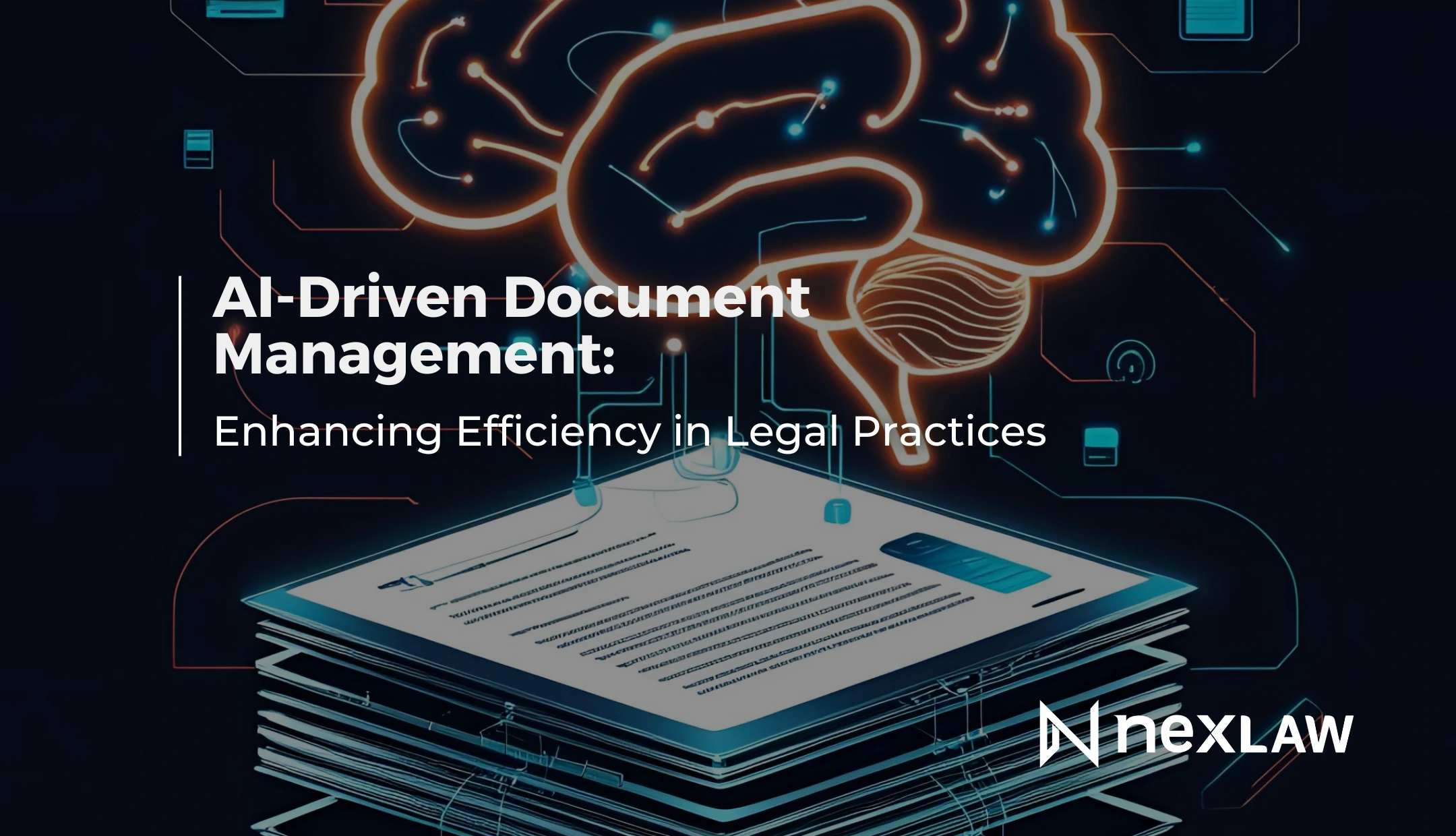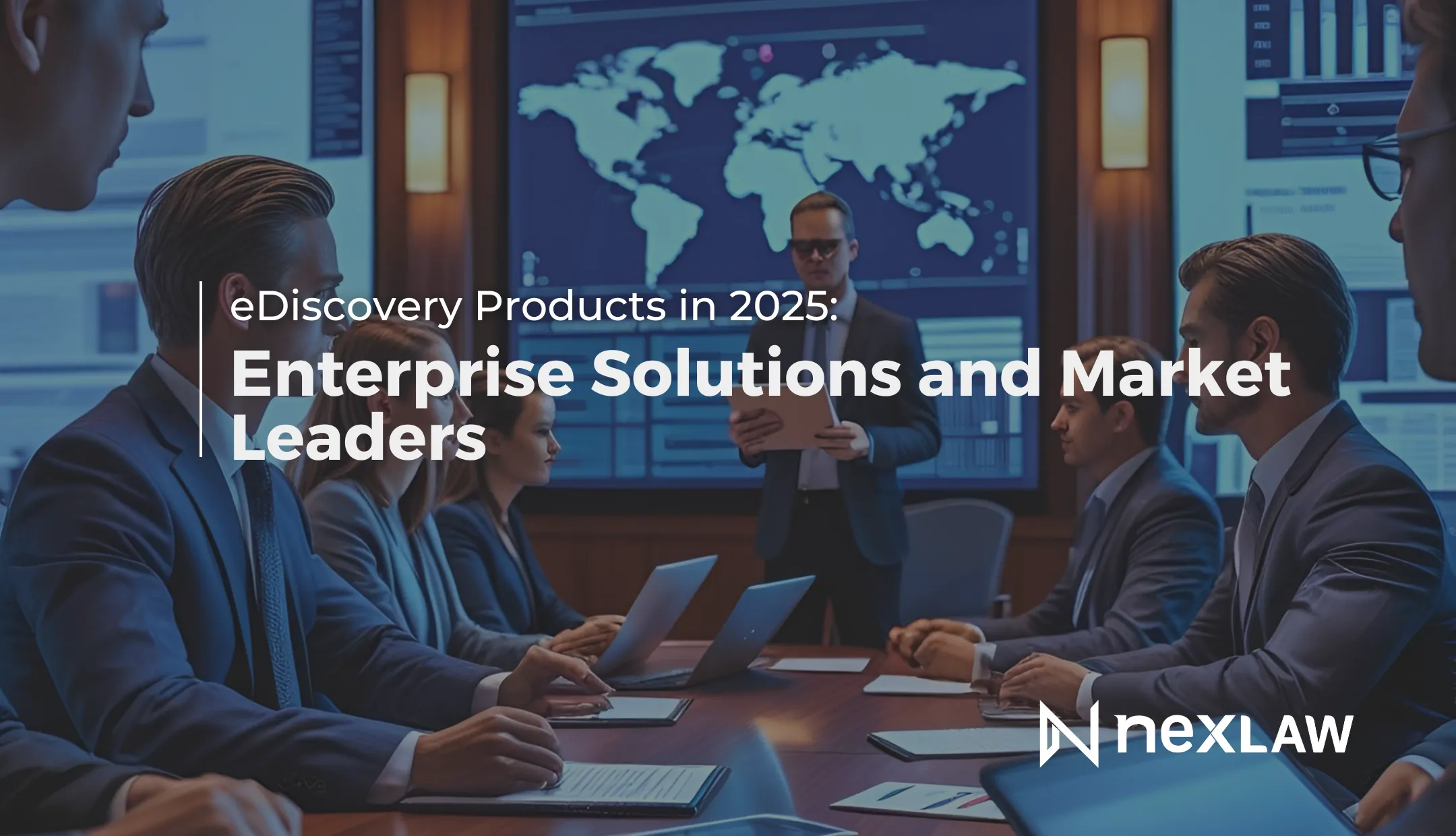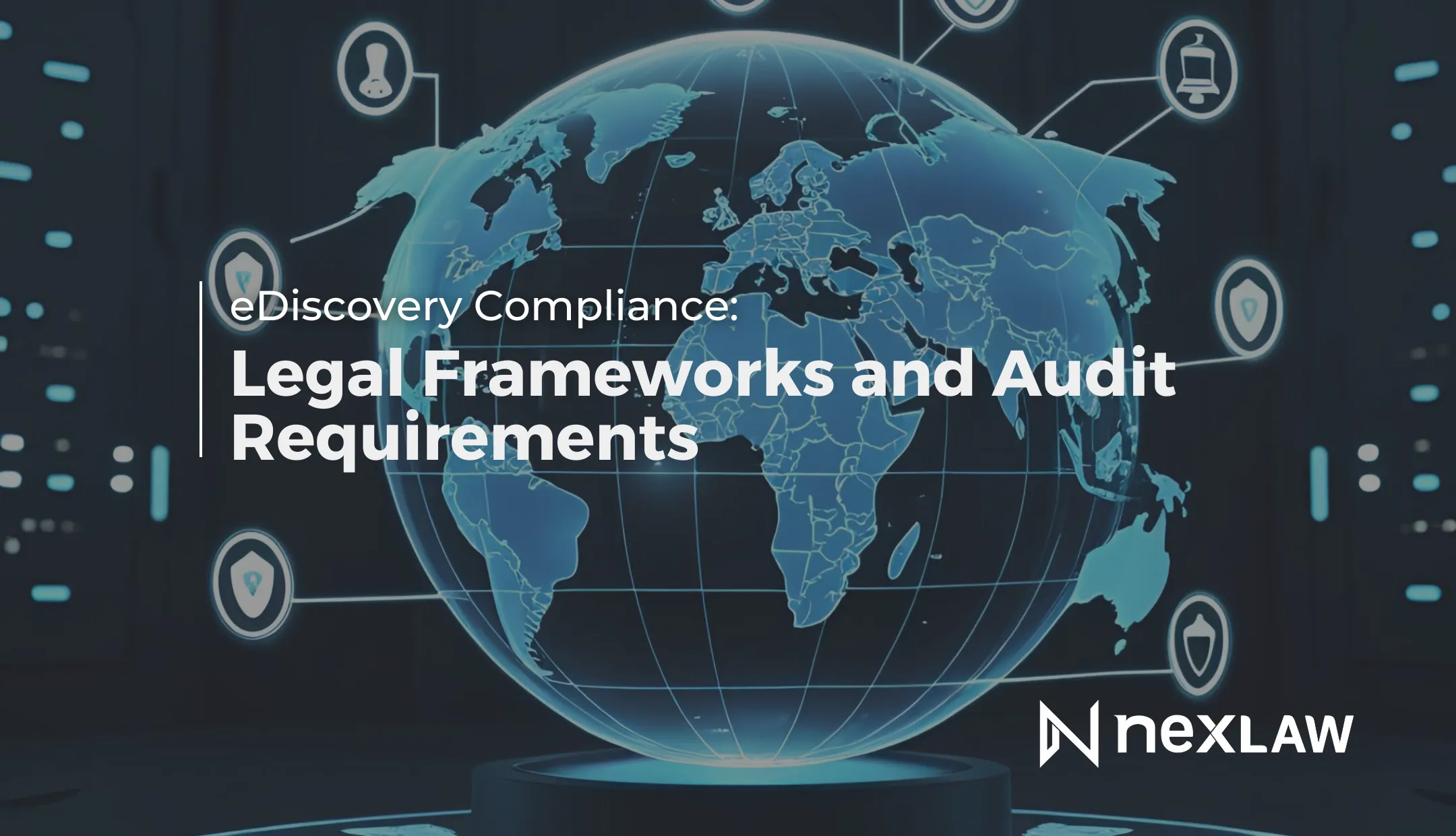eDiscovery Platform: The Hyperlink Evidence Revolution in Legal Proceedings
The legal landscape is experiencing a paradigm shift in 2025 as courts increasingly recognize hyperlinks as integral components of electronic communications rather than separate entities. This evolution in judicial thinking is transforming how eDiscovery platforms handle linked content and fundamentally changing the scope of discoverable materials in litigation.
Unlock Legal Insights Instantly!
Judicial Recognition of Hyperlink Intellectual Units
Hyperlinks have long been a contentious issue in eDiscovery, but judicial attitudes are evolving rapidly in 2025. More judges than ever before recognize that messages and their linked content constitute intrinsically intended intellectual units that must be preserved and produced together during discovery processes.
The Honorable Allison Goddard of the Southern District of California predicts that “in 2025, more judges than not will recognize that the message and the linked content are intrinsically the intended intellectual unit.” This judicial evolution reflects growing understanding of how modern communication actually functions in business and personal contexts.
Technology is advancing to address proportionality arguments that previously limited hyperlink collection. Modern eDiscovery platforms now provide sophisticated tools for capturing, preserving, and analyzing linked content without creating undue burden on responding parties or overwhelming review teams with irrelevant materials.
This shift requires eDiscovery platforms to develop new capabilities for link detection, content capture, and relationship mapping that preserve the contextual integrity of communications while managing the technical challenges of dynamic web content and broken links.
Courts Adopting Generative AI at Measured Pace
While legal professionals rapidly embrace generative AI tools, courts are proceeding at a more measured pace to ensure that technology adoption doesn’t undermine public confidence in the judiciary. However, increasing caseloads and static or declining judicial resources are compelling courts to find efficiency improvements that maintain case quality.
Courts will continue following the lead of lawyers in adopting generative AI tools, but their implementation will proceed cautiously to preserve the integrity of judicial proceedings. This measured approach creates opportunities for eDiscovery platforms that can demonstrate reliability and accuracy in AI-assisted document analysis.
The reality of resource constraints means that courts need technology solutions that promote efficiency without sacrificing accuracy or due process requirements. eDiscovery platforms that can provide transparent, auditable AI analysis are gaining judicial acceptance as courts recognize the necessity of technological assistance.
This judicial adoption pattern influences eDiscovery platform development, with vendors focusing on explainable AI capabilities that provide clear reasoning for automated decisions and recommendations.
Federal Law Enforcement Embracing AI Discovery Tools
Generative AI is solidifying its transition from novelty to necessity in federal legal practice, with federal agents and attorneys in criminal cases becoming increasingly open to defense teams leveraging generative AI for eDiscovery document review of subpoenaed records.
This growing acceptance stems from the dual need to process records promptly while offering cost-effective solutions for defendants. By automating data analysis and accelerating review processes, generative AI empowers both prosecution and defense teams to efficiently manage the ever-increasing volume of information in complex criminal investigations.
The adoption extends beyond criminal matters to civil litigation and regulatory investigations, where AI-driven tools significantly streamline eDiscovery processes and enhance access to justice. Pro bono attorneys, pro se litigants, and legal aid organizations benefit from AI-driven tools that simplify legal processes and reduce costs.
eDiscovery platforms are responding by developing specialized features for federal practice, including enhanced security protocols, specialized audit trails, and integration capabilities with federal case management systems.
Advanced E-Discovery Data Integration Trends
The legal industry is transitioning from isolated systems to integrated eDiscovery ecosystems where structured and unstructured data seamlessly combine to provide comprehensive case insights. This integration eliminates traditional boundaries between different data types and sources.
Traditionally, structured data such as timestamps, metadata, and financial reports has been easier to analyze, while unstructured data like emails, contracts, and case notes remained difficult to process efficiently. Unstructured data accounts for 80% of information handled during discovery, making integration capabilities essential.
AI technology is changing this dynamic by enabling attorneys to connect unstructured internal data with structured external sources. eDiscovery platforms might overlay litigation narratives with court rulings or link email chains with document metadata to uncover critical patterns and relationships.
Modern eDiscovery platforms provide unified interfaces that present both structured and unstructured data in coherent formats that enable comprehensive analysis without requiring technical expertise from legal professionals.
Zero-Trust Security Implementation in Discovery
The implementation of zero-trust security frameworks specifically designed for eDiscovery platforms represents a critical evolution in data protection for legal proceedings. This approach assumes no user or system can be automatically trusted, requiring continuous verification throughout the discovery process.
Multi-factor authentication, end-to-end encryption, and granular access controls are becoming standard features in enterprise eDiscovery platforms. Legal teams focus on securing the entire discovery pipeline from initial collection through final production, with particular attention to vulnerable transfer points.
Cloud storage systems and third-party data transfers require enhanced security protocols that maintain chain of custody while enabling efficient collaboration among legal teams and external counsel. Zero-trust implementation ensures that security measures scale appropriately with case complexity.
Advanced audit capabilities track all user activities, data access patterns, and system interactions to provide comprehensive security monitoring that meets legal industry compliance requirements while supporting efficiency objectives.
NexLaw’s Next-Generation eDiscovery Platform
NexLaw’s integrated eDiscovery platform addresses modern challenges through ChronoVault technology that automatically captures and preserves hyperlink relationships while maintaining the intellectual integrity of connected content. The platform understands that modern communications consist of interconnected elements that must be analyzed together.
Advanced hyperlink processing capabilities automatically capture linked content at the time of collection, preserving both the original message and connected materials in their intended context. This approach ensures that eDiscovery processes capture complete communication threads rather than fragmented components.
NeXa provides specialized capabilities for modern discovery challenges including Deep Research for comprehensive analysis of linked content and external sources, Documents Insight for understanding complex document relationships, and Compare Jurisdictions for analyzing regulatory differences that impact hyperlink evidence admissibility.
TrialPrep integration ensures that hyperlink evidence and connected content are properly organized for trial presentation, reducing preparation time from 100 hours to 3 minutes while maintaining the contextual relationships that make electronic evidence compelling and understandable.
Platform Integration with Modern Communication Tools
Contemporary eDiscovery platforms must seamlessly integrate with diverse communication platforms including Slack, Microsoft Teams, Discord, and emerging social media tools that use hyperlinks extensively in business communications.
These platforms often embed links within complex conversation threads, making it essential for eDiscovery platforms to capture not just the links themselves but also the conversational context that gives them meaning. Advanced platforms preserve thread relationships and user interaction patterns.
Real-time collaboration tools create additional challenges because linked content may change between the time of original communication and discovery collection. eDiscovery platforms now incorporate timestamping and version control capabilities that preserve content states at specific points in time.
Integration capabilities extend to multimedia content, embedded documents, and interactive elements that are increasingly common in modern business communications and require specialized preservation and analysis techniques.
Measuring Platform Effectiveness in Complex Discovery
Legal organizations implementing advanced eDiscovery platforms report significant improvements in discovery completeness and accuracy, particularly for cases involving extensive electronic communications with embedded hyperlinks and multimedia content.
The ability to capture and analyze complete intellectual units rather than fragmented communications improves case development and strategic analysis while reducing the risk of missing critical evidence that exists in linked content.
Cost efficiency improves through automated hyperlink processing that eliminates manual collection and analysis of connected content while ensuring comprehensive discovery that meets evolving judicial expectations and opposing counsel challenges.
Quality improvements result from preserving communication context and relationships that enable more accurate analysis and more compelling case presentation to judges and juries who expect complete information rather than fragmented communications.
Master Modern Discovery Challenges
Evolving judicial standards like hyperlink evidence and communication context require smarter tools for evidence capture and analysis. Advanced eDiscovery platforms are now essential for legal teams aiming to stay compliant and competitive.
NexLaw’s ChronoVault and NeXa enable complete contextual discovery, reducing analysis time by 95% through intelligent hyperlink processing and AI-powered case understanding.
- Book a Demo – See how NexLaw handles modern evidence challenges
- Explore Plans – Includes a free 3-day trial to test the platform firsthand

